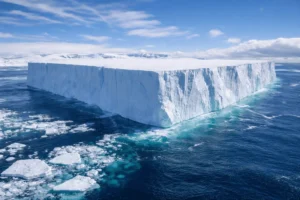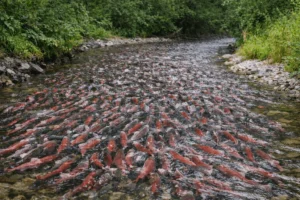When you think of surfing, you probably imagine sunny beaches in Hawaii or California, not the icy wilderness of Alaska. Yet, in recent years, glacial surfing has emerged as one of the most extreme and visually stunning adventure sports globally. It combines the thrill of big-wave surfing with the raw, untamed backdrop of glaciers calving massive chunks of ice into frigid waters. For adrenaline junkies, this is the ultimate frontier.
What Is Glacial Surfing?
Glacial surfing happens when surfers ride waves created by calving glaciers. As enormous slabs of ice, sometimes the size of small buildings, break off and crash into the water, they generate powerful waves that ripple outward across glacial lakes and fjords. These waves can reach 15 feet or more, making them surprisingly surfable for those daring enough to try.
Unlike ocean surfing, which relies on tides, winds, and swells, glacial surfing is driven by one unpredictable factor: ice. Each session is unique, depending on the timing and force of the calving event.
Where Does It Happen in Alaska?
Alaska, home to nearly 100,000 glaciers, is one of the few places in the world where glacial surfing is even possible. Some of the most notable spots include:
- Prince William Sound – A hub for adventurous surfers who chase waves near massive tidewater glaciers.
- Yakutat – Traditionally a surf town with ocean waves, but also close to glacier-fed waters that can produce rideable waves.
- Kenai Fjords National Park – Known for its breathtaking glacial backdrops and occasional surfable waves.
These locations offer not only the thrill of the sport but also an unmatched natural stage, towering ice walls, turquoise waters, and often, the sound of cracking ice echoing across the fjord.

The Risks and Challenges
Glacial surfing is not for the faint of heart. It carries significant risks that go beyond what most surfers encounter:
- Hypothermia – Water temperatures hover near freezing, requiring specialized wetsuits and safety gear.
- Falling Ice – Surfers must keep a safe distance, as calving glaciers can unleash icebergs large enough to capsize boats.
- Unpredictability – Unlike ocean swells, glacial waves can come suddenly and without warning.
Professional surfers often work with guides, safety teams, and boats to minimize these dangers.
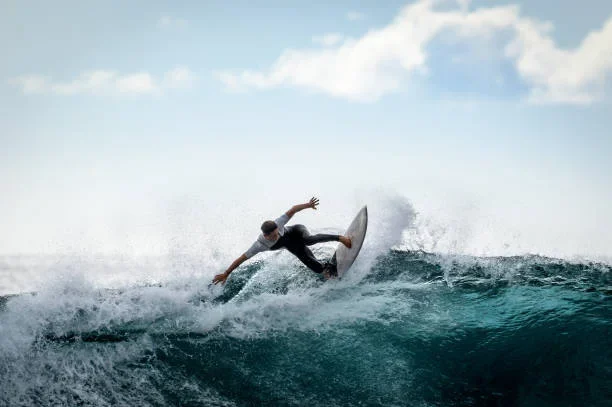
Why Surfers Chase It
So why do surfers fly to Alaska to ride these icy waves? For many, it’s the once-in-a-lifetime combination of adventure and natural beauty. Few sports let you surf in front of a glacier that’s been sculpted over thousands of years. It’s not about catching dozens of waves in a day; it’s about experiencing one perfect ride in one of the most extreme settings on Earth.
As pro surfer Garrett McNamara, one of the pioneers of glacial surfing in Alaska, once said, “It’s not just surfing, it’s a dance with nature at its rawest.”
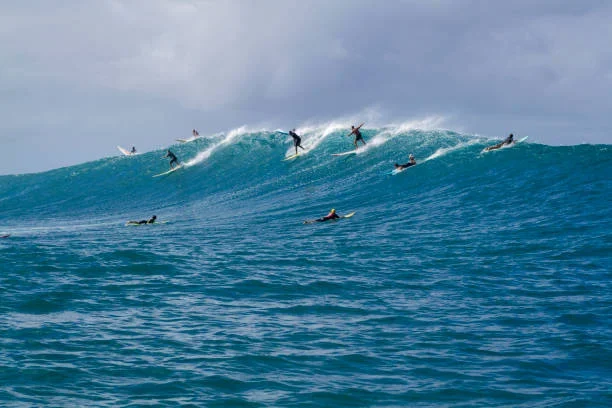
A Growing Extreme Sport
While glacial surfing will never be as accessible as traditional surfing, it has carved out a niche in the world of extreme adventure. Documentaries and viral videos showcasing surfers riding waves against a backdrop of blue ice have brought global attention to Alaska’s unique offering. Adventure tourism companies now organize specialized expeditions for thrill-seekers wanting to witness or attempt the sport.
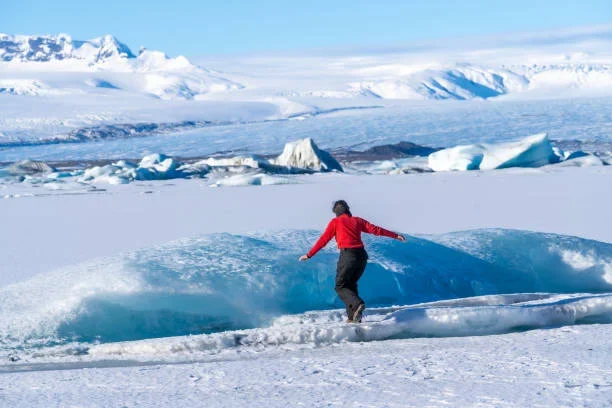
Final Thoughts
Glacial surfing in Alaska is more than just a sport; it’s an intersection of nature’s power and human daring. It pushes the limits of what’s possible in surfing while reminding us of the fragility and majesty of glaciers themselves. For those willing to brave the cold, it promises not just a wave, but a story like no other.


